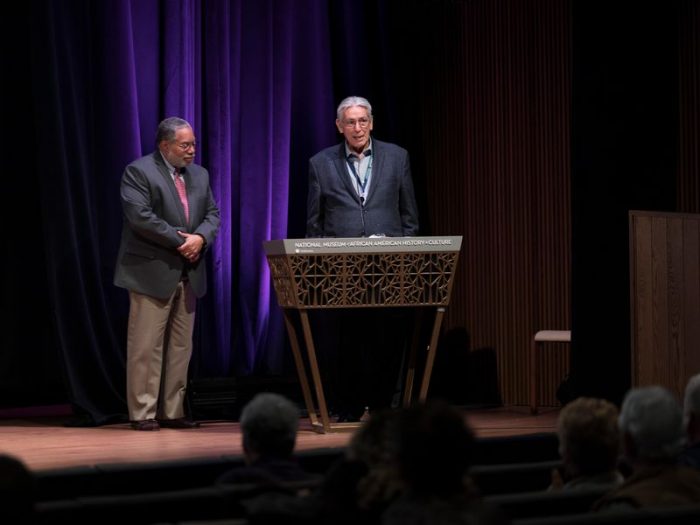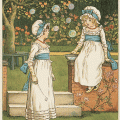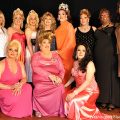Mascots, myths, monuments and memory: Telling the unvarnished truth about racism in America
History isn’t pretty and sometimes it is vastly different than what we’ve been taught, say museum directors Lonnie Bunch and Kevin Gover.

“Now,” says the American Indian Museum’s director Kevin Gover (right with Lonnie Bunch, director of the African American History museum) “some of these institutions are able to produce excellent scholarship that tells a vastly different story from what most Americans learn.” (Leah L. Jones, NMAAHC )
“History matters because it has contemporary consequence,” declared historian Jennifer Guiliano, explaining to an audience how stereotypes affect children of all races. “In fact, what psychological studies have found, is when you take a small child out to a game and let them look at racist images for two hours at a time they then begin to have racist thoughts.”
“We’re taking children who are very young, exposing them to racist symbology and then saying ‘But don’t be a racist when you grow up,’” Guiliano says. “This is the irony of sort of how we train and educate children. When we think about these issues of bringing children up, of thinking about the impact of these things, this is why history matters.”
Guiliano was among the speakers at a day-long symposium, “Mascots, Myths, Monuments and Memory,” examining racist mascots, the fate of Confederate statues and the politics of memory. The program was held in Washington, D.C. at the Smithsonian’s National Museum of African American History and Culture in partnership with the National Museum of the American Indian.
Lonnie Bunch, the founding director of the African American History museum, says this all came about after a conversation with his counterpart Kevin Gover at the American Indian museum. Bunch says he learned that the creation of Confederate monuments and the rise of racist Indian mascots in sporting events occurred during the same period in American history, between the 1890s and 1915. This gathering was one way to help people understand the how and why between that overlap.
Award-winning correspondent Allison Keyes, a former national desk reporter for NPR, has written extensively on race, culture, politics and the arts and covered the symposium for Smithsonian magazine. Read her complete report.
Posted: 26 March 2018






